
 Norway has a long tradition of curing – graving – both fish and meat in order to conserve them. While cured salmon (gravlax / gravlaks) may be more well-known, the same technique can, and is, applied to meats. Curing the meat provides a distinct flavor and smooth texture, which today is seen as being quite exclusive. Yet, it’s simple to make at home. (more…)
Norway has a long tradition of curing – graving – both fish and meat in order to conserve them. While cured salmon (gravlax / gravlaks) may be more well-known, the same technique can, and is, applied to meats. Curing the meat provides a distinct flavor and smooth texture, which today is seen as being quite exclusive. Yet, it’s simple to make at home. (more…)
Tag: buskerud
-
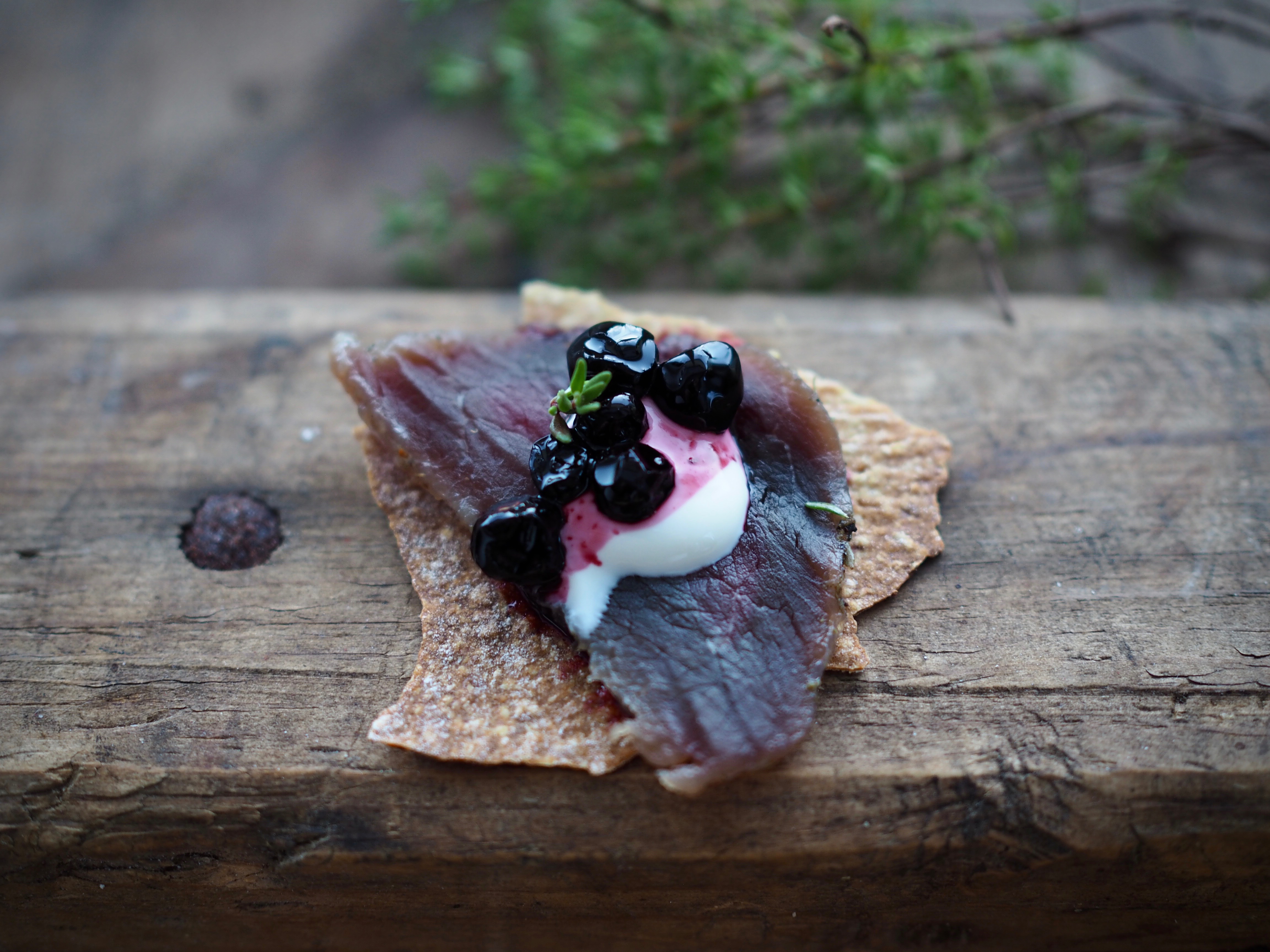
Aquavit-Cured Venison with Pickled Bilberries (Gravet hjort med sylteblåbær)
-
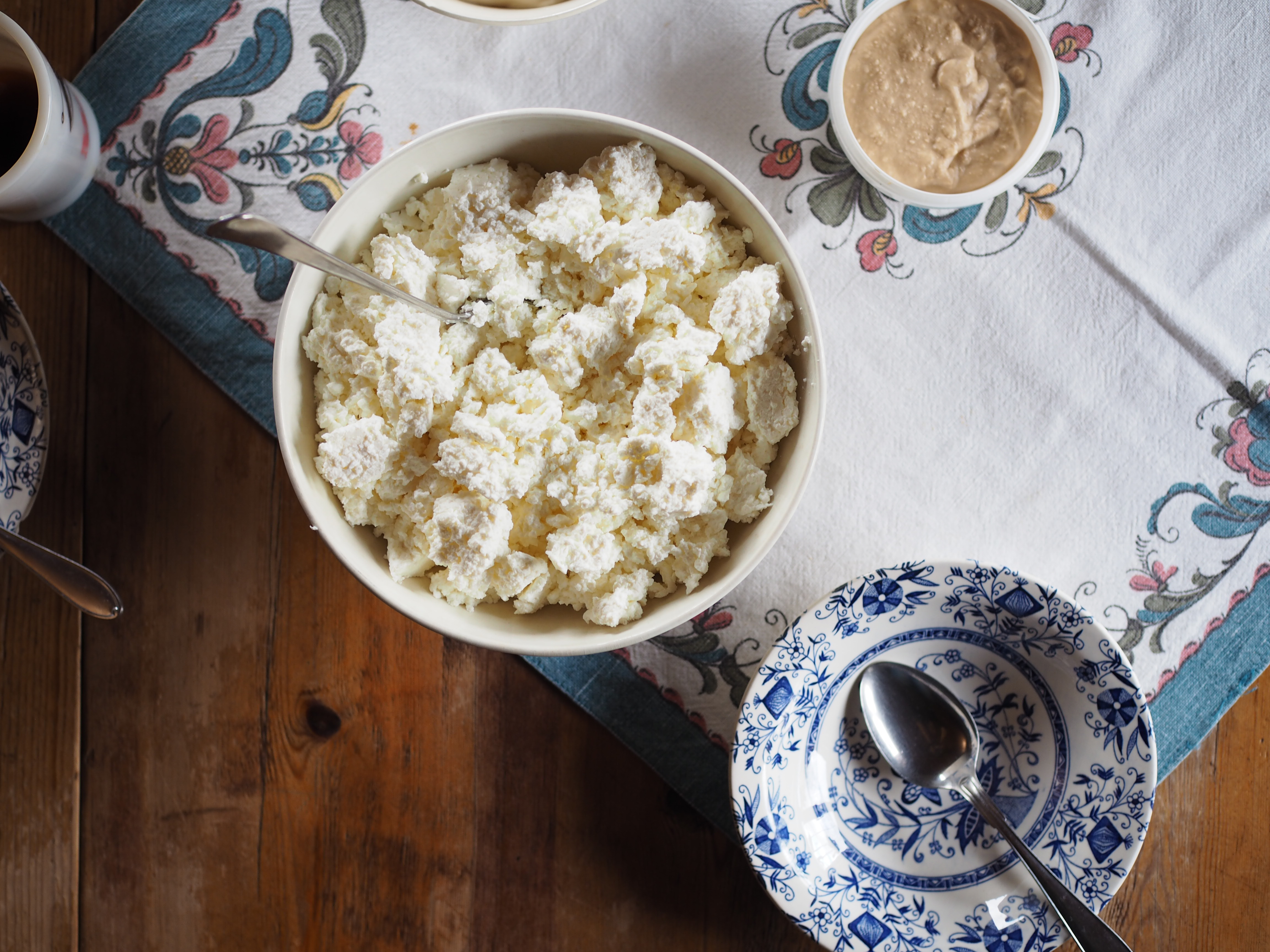
Surost (Homemade Farm Cheese)
 Following a magnificent seter feast filled with Sonja’s homemade products of cheese, cream, jams and cured meat, Sonja shared her recipe for surost.
Following a magnificent seter feast filled with Sonja’s homemade products of cheese, cream, jams and cured meat, Sonja shared her recipe for surost.Surost is a farmhouse cheese made from fresh cow’s milk which has been left to sit overnight in a warm spot to allow for curdling. The milk takes on a slightly sour taste, hence the name ‘sur’ ost. When it is ready, Sonja takes some of the sour milk from the container into a large pot and places the pot into a water bath on the stove. Within a short time, the curds separate from the whey and are placed in a colander where the whey continues to strain out.
This process is very simple and very effective. The cheese is similar to cottage cheese, yet with a tad more tanginess that comes from the milk being sour. I debated whether to provide an alternative recipe using pasteurised milk, but this simply would not be the same since pasteurised milk can not be left to sour. True surost must be made out of soured milk. You can, however, make a simple farm cheese with pasteurised milk by adding an acid to it, such as vinegar, while you heat it directly in a pot over the stove. A good recipe for this can be found from the Nourished Kitchen. (more…)
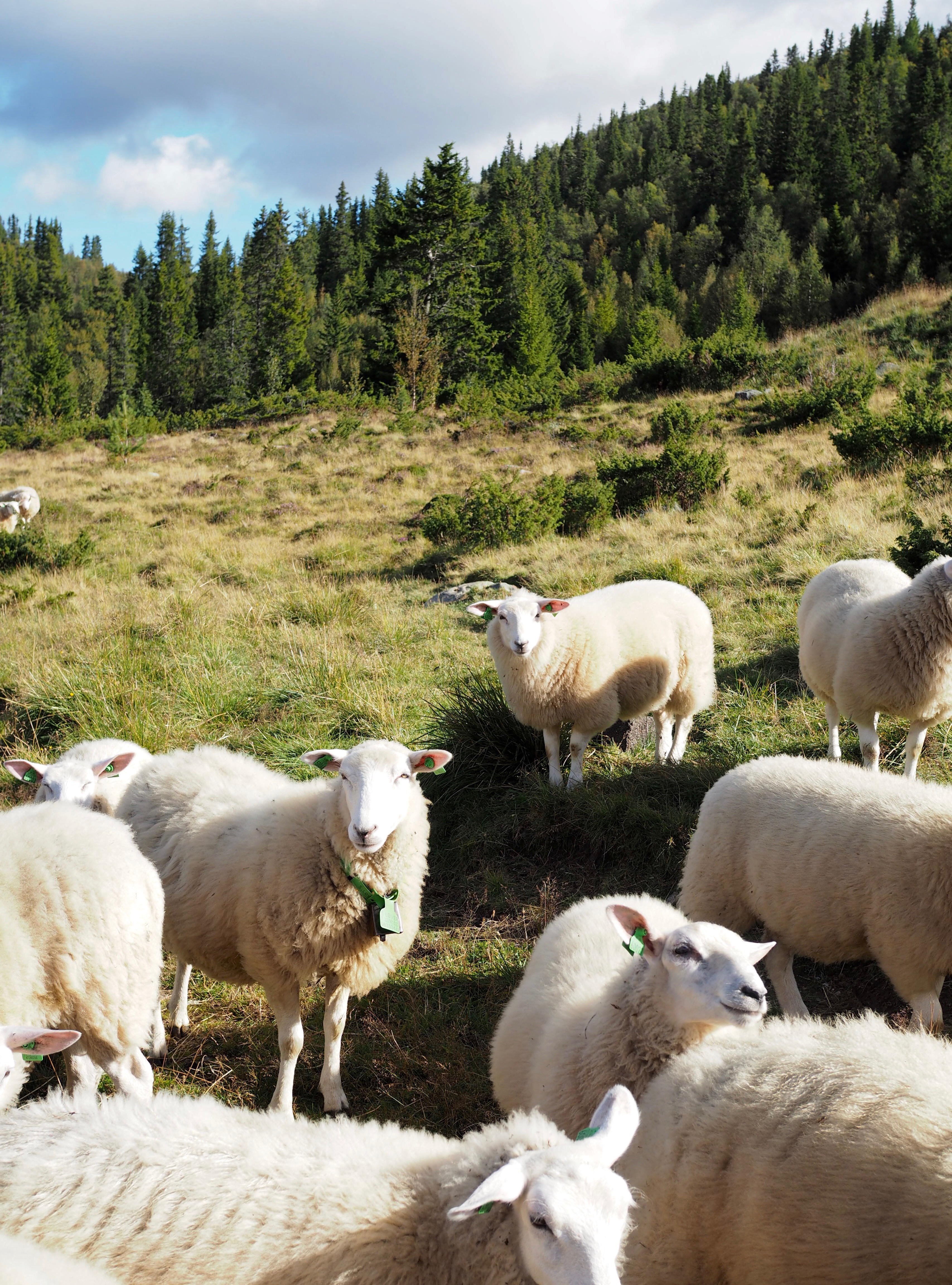
 The winding road takes us through lush woodland to a mountain lake and up to an open landscape where the blue sky contrasts with the green vegetation and craggy mountains. The clanking of bells echo in the stillness as our first greeting comes from a flock of wooly sheep. They scamper toward us, friendly and energetic. Happy to receive our hands stroking their smooth faces. We climb over a fence and take a moment to let it all sink in. A small and idyllic cottage faces the morning sun and is surrounded by small, wooden buildings. Metal milk cans decorate the walls and summer blossoms add a pop of color against the green and brown backdrop.
The winding road takes us through lush woodland to a mountain lake and up to an open landscape where the blue sky contrasts with the green vegetation and craggy mountains. The clanking of bells echo in the stillness as our first greeting comes from a flock of wooly sheep. They scamper toward us, friendly and energetic. Happy to receive our hands stroking their smooth faces. We climb over a fence and take a moment to let it all sink in. A small and idyllic cottage faces the morning sun and is surrounded by small, wooden buildings. Metal milk cans decorate the walls and summer blossoms add a pop of color against the green and brown backdrop.

 There’s no internet access. No distractions. Nothing to take you away from the majesty and quietness of the landscape expect for a small radio, a good book and a thoughtful conversation. This is a place which blends itself into the nature. Learns from it, protects it, nurtures it and hails it. It is here I find myself today. A seter. A Norwegian seter. Slettastølen Seter, to be exact.
There’s no internet access. No distractions. Nothing to take you away from the majesty and quietness of the landscape expect for a small radio, a good book and a thoughtful conversation. This is a place which blends itself into the nature. Learns from it, protects it, nurtures it and hails it. It is here I find myself today. A seter. A Norwegian seter. Slettastølen Seter, to be exact. 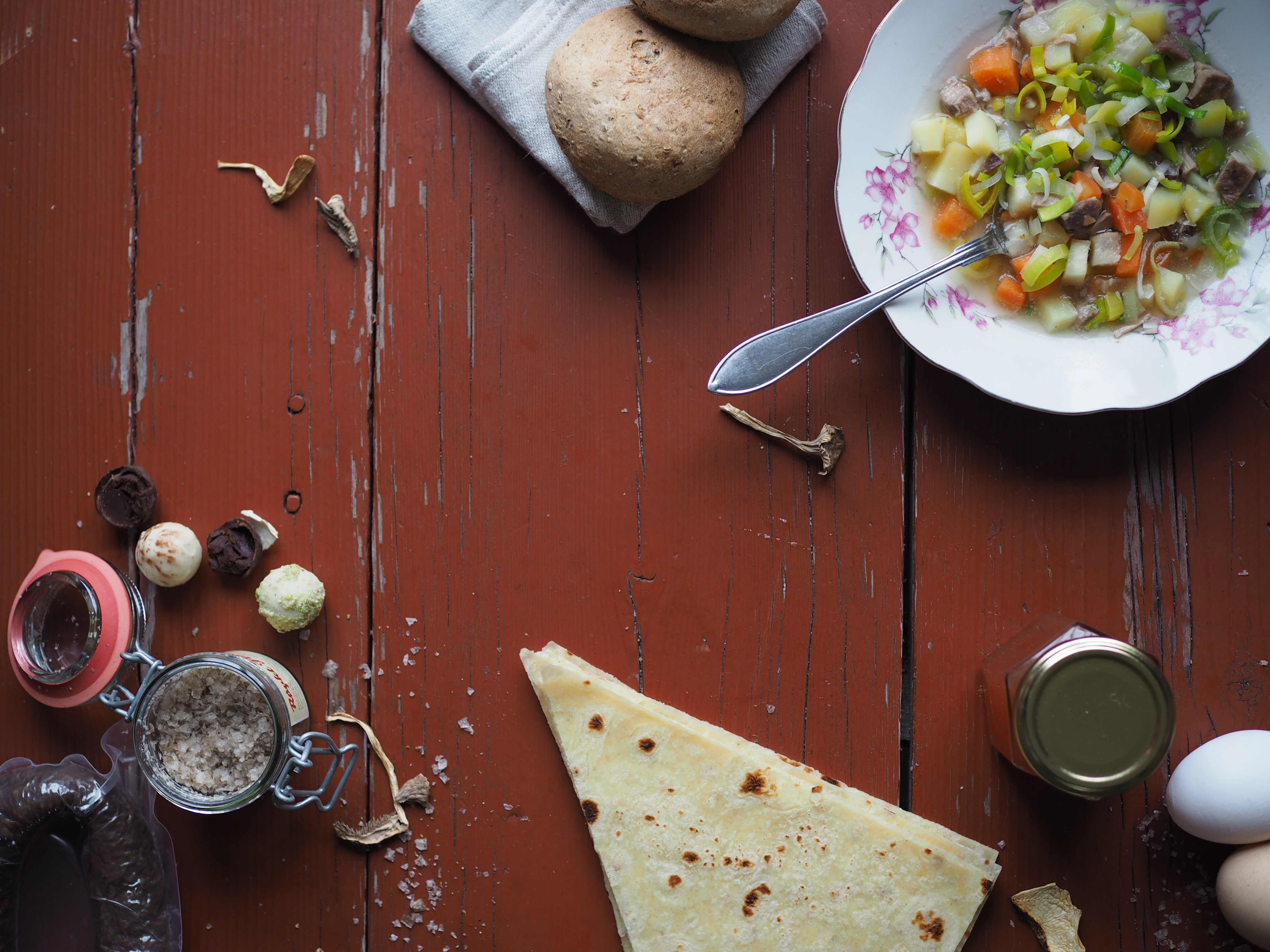
 Numedal is a valley, nestled in the belly of Norway, on route between Oslo and Bergen, with an enormous variety of excellent ingredients and products. This is a valley where culture, history, tradition and food collide. A gem; hidden among the towering mountains, lush forests, and winding rivers. Summertime brings a handful of activities which highlight the area’s natural environment, creativity and people. One of these events brings together a variety of food producers and artisans from the valley to entice locals and visitors alike. Now on it’s fourth year, the Numedal
Numedal is a valley, nestled in the belly of Norway, on route between Oslo and Bergen, with an enormous variety of excellent ingredients and products. This is a valley where culture, history, tradition and food collide. A gem; hidden among the towering mountains, lush forests, and winding rivers. Summertime brings a handful of activities which highlight the area’s natural environment, creativity and people. One of these events brings together a variety of food producers and artisans from the valley to entice locals and visitors alike. Now on it’s fourth year, the Numedal 


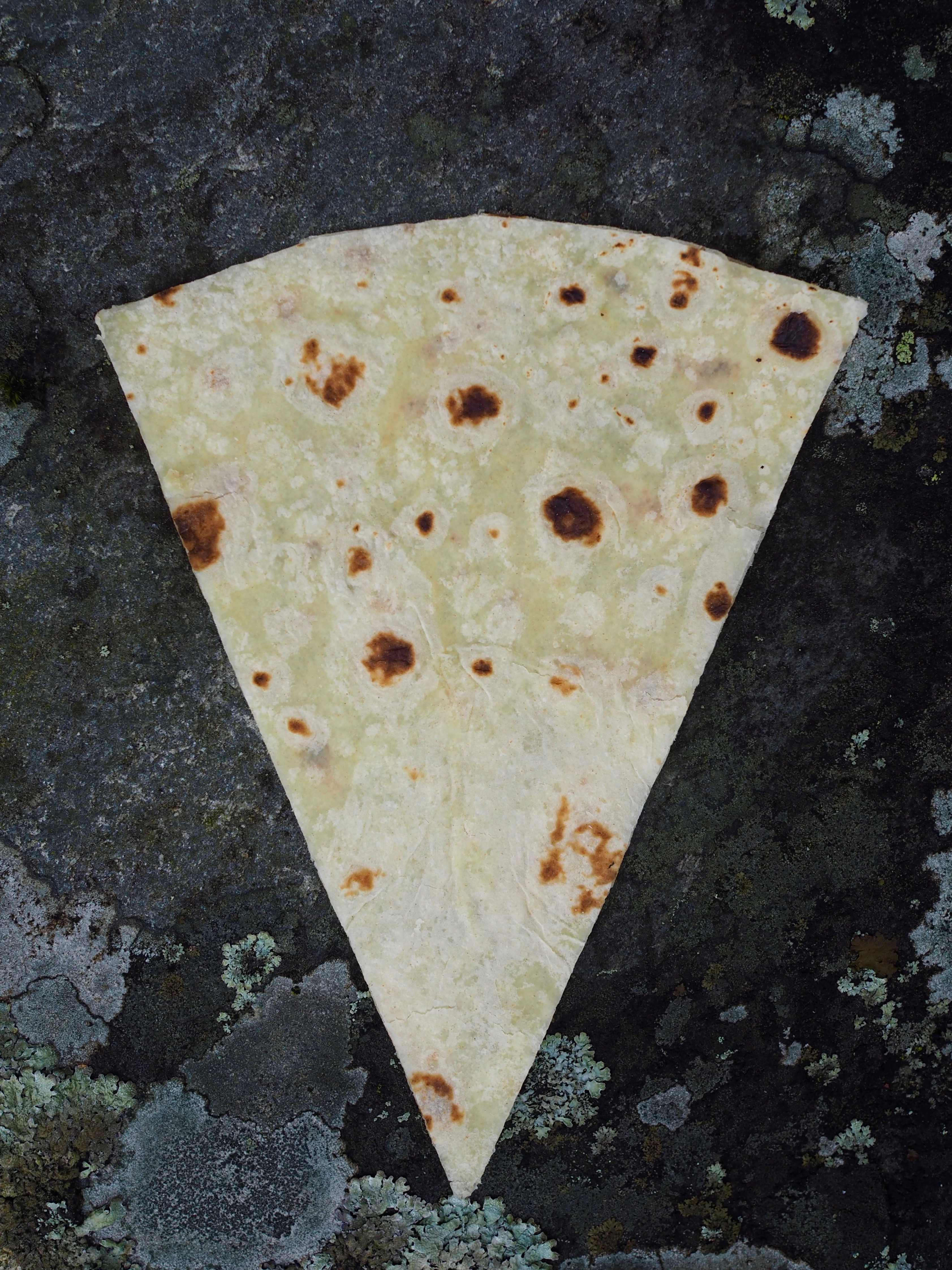

 My second visit to
My second visit to 

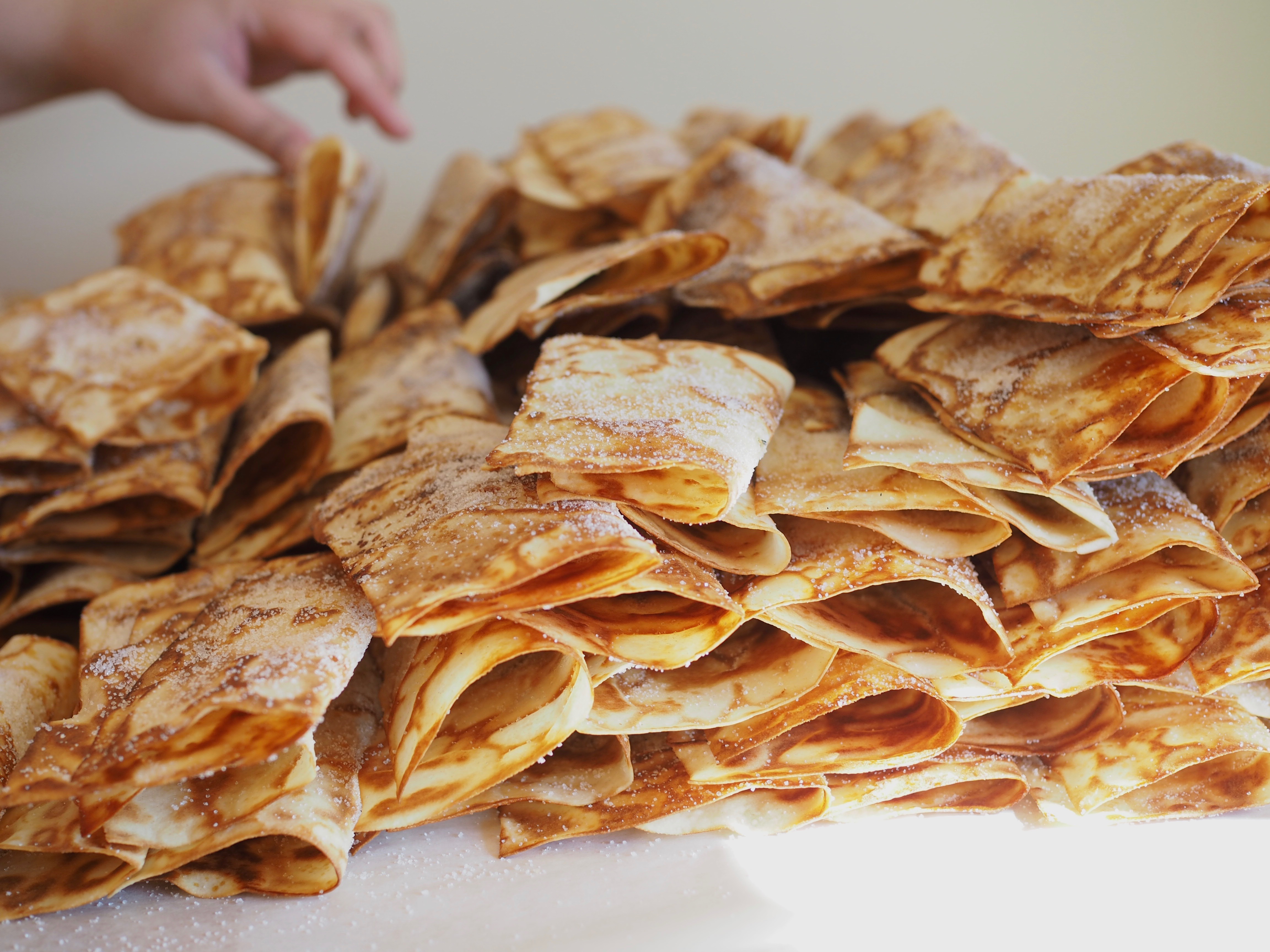

 It’s 9.00am when I pass through the open doors of the old barn, overlooking a valley carving its way through the mountainous terrain of Uvdal, Norway. The sun peaks through the grey clouds which have left morning dew on the yellow flowers popping around the well-worn farm. There is a cool breeze, which is welcome in the Uvdalsleiven kitchen, where the takke (griddle) reigns as it exerts its heat in every corner of the room. It’s temperamental. The colder it is inside, the higher its temperature must be. The hotter it is, the lower its temperature. And so it is with the takke, the surroundings effecting it in a way that only an experienced baker can instinctively master. Like a barista, the baker must constantly be in control and make adjusts to produce a quality product. And here at Uvdalsleiven, you can immediately see the symbiotic relationship which creates so much harmony in the kitchen.
It’s 9.00am when I pass through the open doors of the old barn, overlooking a valley carving its way through the mountainous terrain of Uvdal, Norway. The sun peaks through the grey clouds which have left morning dew on the yellow flowers popping around the well-worn farm. There is a cool breeze, which is welcome in the Uvdalsleiven kitchen, where the takke (griddle) reigns as it exerts its heat in every corner of the room. It’s temperamental. The colder it is inside, the higher its temperature must be. The hotter it is, the lower its temperature. And so it is with the takke, the surroundings effecting it in a way that only an experienced baker can instinctively master. Like a barista, the baker must constantly be in control and make adjusts to produce a quality product. And here at Uvdalsleiven, you can immediately see the symbiotic relationship which creates so much harmony in the kitchen.